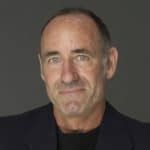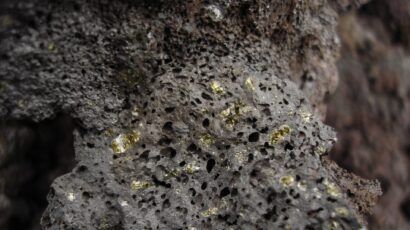
Eric McFarland
Eric McFarland studied Nuclear Engineering and received B.S. and M.S. degrees from U.C. Berkeley, and his Ph.D. from the Massachusetts Institute of Technology. He joined the Nuclear Engineering faculty at MIT where his research moved from nuclear reaction fundamentals to use of nuclear phenomena for non-destructive materials and chemical analysis. In 1991 McFarland moved to the Chemical and Nuclear Engineering Department of the University of California, Santa Barbara. He has done fundamental work experimentally demonstrating that chemical reactions on surfaces are mediated by non-adiabatic electronic excitations not described using the conventional Born-Oppenheimer approximation, and applied research in catalysis closely coupled to industrial problems and energy transformation. He has published over 190 scientific papers and is the inventor on over 25 patents.
McFarland has always worked closely with industry and is a Board member and advisor for several technology companies. Together with other University faculty, he was one of the founding directors of Symyx Technologies a chemical technology start-up that went on to have a successful public offering. McFarland’s work in catalysis and hydrocarbon conversion to fuels and chemicals led to his becoming CEO and President of another university start-up company, Gas Reaction Technologies Inc. (GRT) that had major R&D programs with several global oil and gas companies. McFarland was awarded the Dow Chemical Chair of Chemical Engineering at the University of Queensland, Australia and spent two-years as the founding Director of the Dow Centre for Sustainable Engineering Innovation. He is presently the Chief Technology Officer of CZero LLC a new company developing technology to use fossil resources for hydrogen production without carbon dioxide emissions.
McFarland also studied medicine and earned an M.D. from Harvard Medical School and did post-graduate training in general surgery. He practiced part-time in Emergency Medicine and worked as a volunteer physician for several relief agencies.

